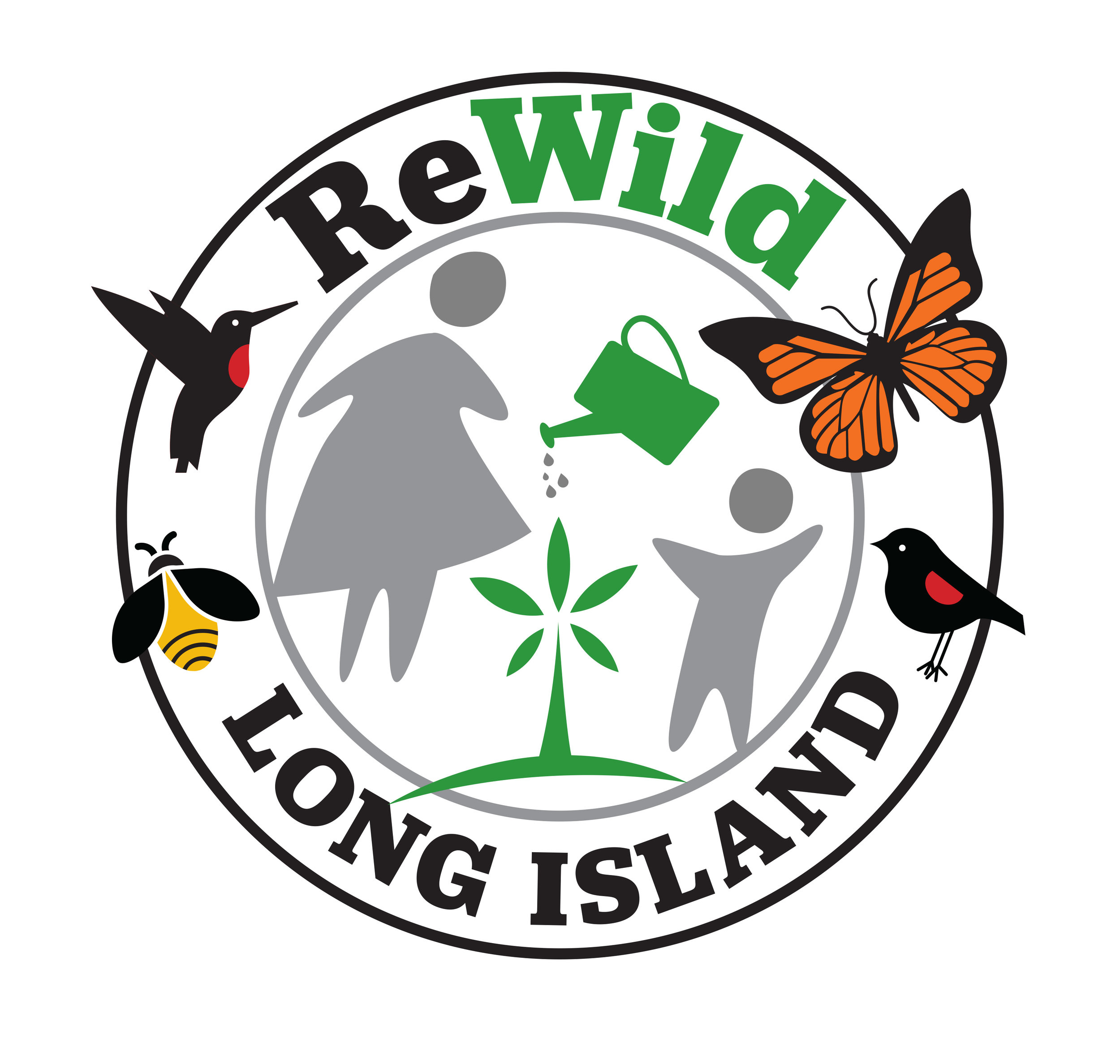Soil Biome and Your Carbon Footprint
By Leonard Green
Leonard Green is a retired English professor who has taught at private and public universities. At CUNY’s Kingsborough Community College, he served for many years as Director of Freshman English and Assistant Director of the Learning Center. While at Cornell University, in addition to his full time teaching responsibilities, he often worked with COSEP, now the Office of Academic Diversity, teaching a diverse student population in the special summer program.
Born on Long Island, Leonard comes from a family of farmers and gardeners. His grandparents left their Virginia farm for Long Island during the Great Migration. As a child, he helped plant and maintain their family gardens. He now lives in East Hampton, where he and his wife, Nancy, have converted most of their property to native woodland, mixed meadow, and native gardens.
An activist, he helped establish the Friends of Sammy’s Beach, a community group that campaigned for the full restoration of the native plant community destroyed by a misguided dredging project in East Hampton. He is also a co-founder of Change Hampton, a group dedicated to promoting native gardens and sustainable landscaping practices. Change Hampton has been instrumental in installing a native pollinator garden at East Hampton Town Hall.
Len has served on the ReWild Board since December 2022.
Fungi growing on Long Island’s forest floor. (Leonard Green/ReWild Long Island)
We live in a miraculous world. Take the ground we walk on. A cup of healthy soil can contain more organisms than there are humans on Earth. The soil biome makes plant life possible, and, in turn, plants feed the biome. It’s a complex and mutual relationship. We are part of this mutuality. Without it, we wouldn’t be here.
The Soil Biome
For millions of years, the soil biome has performed invaluable ecological services for the planet. It sequestered carbon underground. Along with the native plant communities it nourished, it promoted biodiversity above and below ground, and it maintained a healthy soil hydrology. We reside in a complex ecosystem that sustains us and makes our lives possible. Biodiversity is the most important measure of how healthy or unhealthy this ecosystem is.
Long Island native grassland/pine barrens, Napeague. (Leonard Green/ReWild Long Island)
Our Carbon Footprint
Little by little, we’ve unbalanced this life support system. Last summer we witnessed just some of the consequences: floods, forest fires, droughts, famines. It will get worse. We keep pumping carbon into the atmosphere, heating the planet, eliminating biodiversity, playing with fire. We need to stop.
The town government where I reside, East Hampton, has had the good sense to declare a “climate emergency” and has implemented energy saving measures to reduce its carbon footprint. This is a good start, but we need to add sustainable landscaping to our response to the climate emergency. “Nearly a third of the carbon now in the atmosphere has come from removing the forests and prairies that once covered much of the earth…Soil scientists now tell us that the earth’s soils can sequester up to seven times the total amount of carbon presently in the atmosphere!” (Doug Tallamy, Foreword, Climate-Wise Landscaping)
Every time we clear cut land to build a house, a shopping center, or a public building, we decrease the biological services provided by nature. We release carbon from the soil, disrupt biodiverse habitat, and leave our watersheds more vulnerable. “Our task is to store more and more of the world’s carbon not in the sky (where it disrupts climate) and not in oceans (which it causes to become acidified and damaged) but in soils and vegetation, where that CO2 is the key to beneficial results… .” (Michael Bloomberg and Carl Pope, Climate of Hope, 2017)
Levittown. (Wikimedia Commons)
Eco Services
When we plant native plant communities, plants that have evolved to work together in a functioning ecosystem, we restore indispensable eco services. Sustainable native landscaping should be required policy on all new public building sites. And the rest of us need to kick our lawn habits, give more space to native plants, and get going on native gardens, mixed meadows, and native grassland plantings.
I remember my family’s Victory Garden. It dated from a time when we pulled together as a nation to fight a common threat. Unless we enlist our residential, municipal, corporate, and recreational landscapes in the fight against climate change, we will fail to fully confront a looming disaster. Energy efficiency is good. Now, let’s create sustainable landscapes too.



